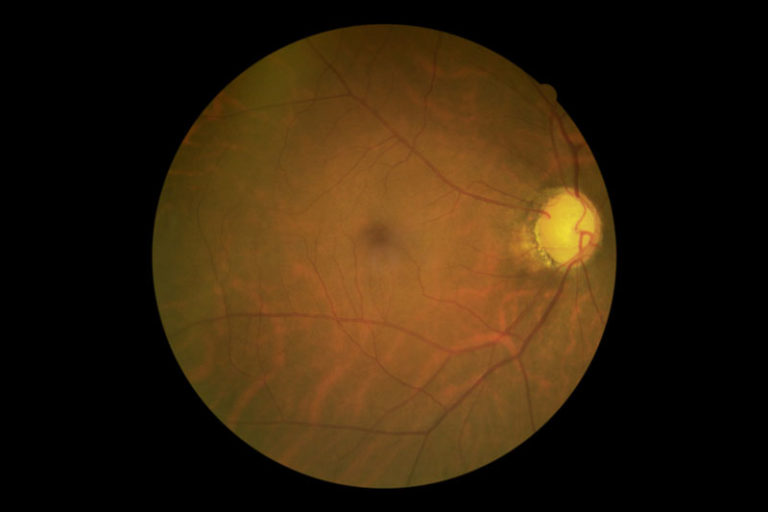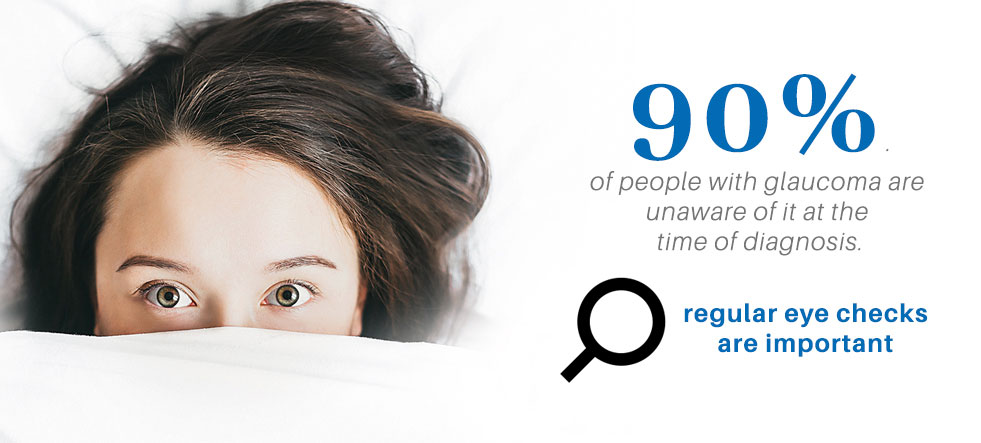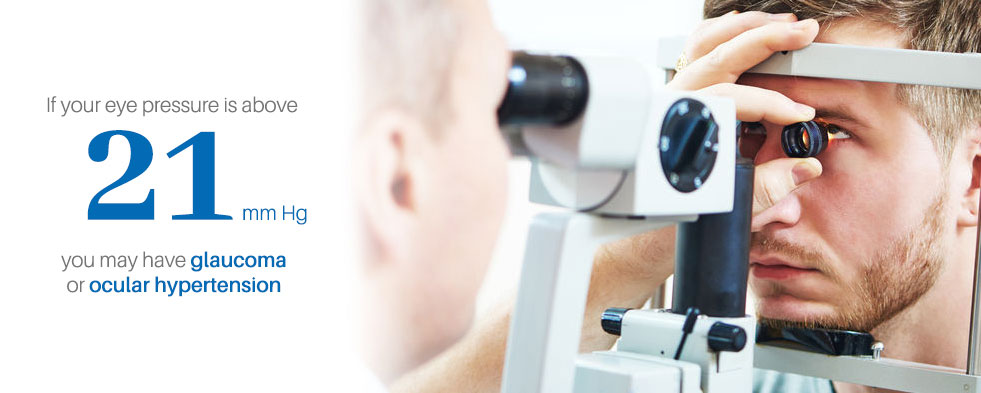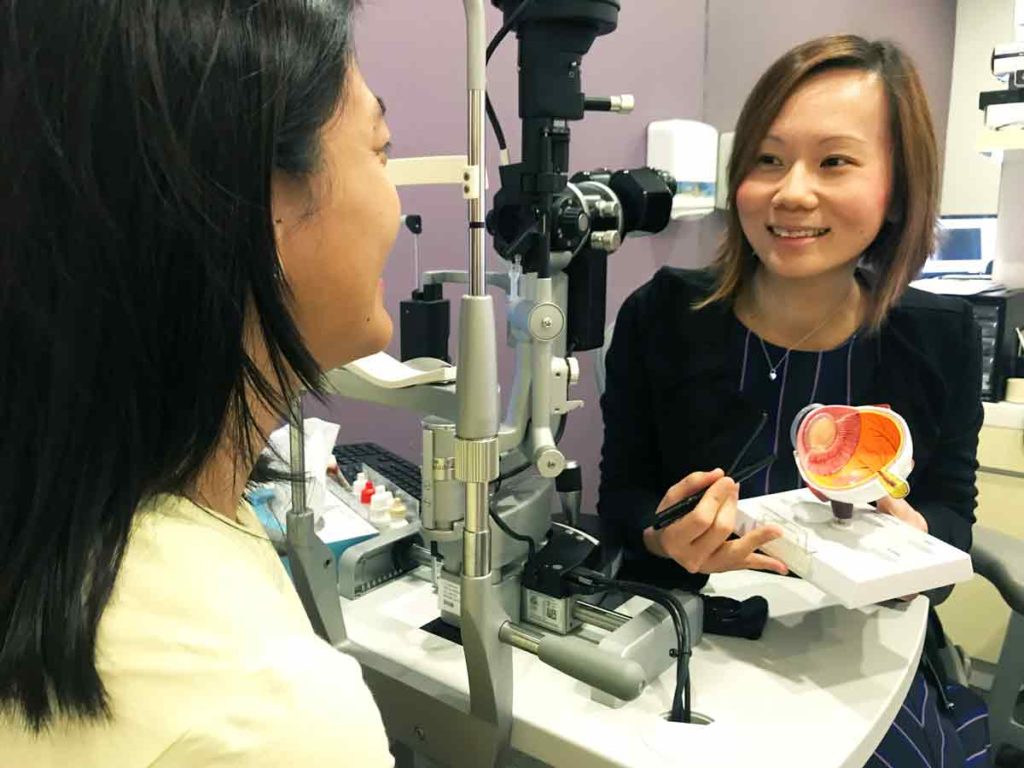Glaucoma
What Is Glaucoma?
Glaucoma is a group of eye conditions that damage the optic nerve, which is vital for good vision. This damage is often caused by an abnormally high pressure in your eye. Known as the ‘silent thief of sight’, glaucoma usually damages your vision so slowly that you do not notice the gradual loss until the disease is in its late state.
Glaucoma is the leading cause of irreversible blindness. The number of people with this condition in Asia is estimated to increase to 59 million in 2020, and 80 million in 2040. In Singapore, approximately 3% of people over the age of 50 have glaucoma. This percentage increases with age and almost 10% of those over the age of 70 have glaucoma and half of these patients have closed-angle glaucoma.
Glaucoma is not curable, but blindness is preventable if it is diagnosed and treated early enough. While there are usually no warning signs, regular eye tests will detect the onset of the disease. If left untreated, glaucoma will eventually cause blindness. Even with treatment, about 15 percent of people with glaucoma become blind in at least one eye within 20 years. In Singapore, glaucoma accounts for 40% of blindness. Therefore, eye screening and early diagnosis is of paramount importance.

Types of Glaucoma
Chronic Glaucoma: results from gradually increasing eye pressure which slowly causes irreversible damage to the eye. This condition usually shows no early symptoms and thus often goes undetected without regular eye checks. Left untreated, chronic glaucoma can cause partial or total vision loss.
There are two main types of chronic primary glaucoma:
- Primary Open-Angle Glaucoma (POAG)
- Primary Angle-Closure Glaucoma (PACG)
Acute glaucoma is regarded as a medical emergency because optic nerve damage and consequent loss of vision can occur extremely rapidly (within hours or days). Look out for symptoms such as one-sided headache, nausea and vomiting, haloes, eye pain, and blurring of vision. If you are experiencing such symptoms, consult a doctor immediately. If such a situation occurs after usual clinic hours, we recommend going to A&E – do not wait until the next day.
Normal Tension Glaucoma: also known as low tension or normal pressure glaucoma, is a form of open angle glaucoma in which damage occurs to the optic nerve without eye pressure exceeding the normal range. In general, a “normal” pressure range is between 10 to 21 mm Hg. Currently, this condition is still not fully understood. However, evidence has shown that lowering intraocular pressure can help to slow its progression.
Secondary Glaucoma: refers to any form of glaucoma in which there is an identifiable cause of increased eye pressure, resulting in optic nerve damage and vision loss. As with primary glaucoma, secondary glaucoma can be open-angled or closed-angled and it can occur in one or both eyes. It may be caused by previous eye injury, inflammation (which can be related to autoimmune diseases), certain drugs such as steroids, diabetes mellitus and hypermature cataracts.
Childhood Glaucoma: is a rare condition that can start developing in infancy, childhood, or adolescence. It may cause enlargement of the infant’s eyes, corneal haze, tearing and unusual light sensitivity.
Symptoms of Glaucoma
As the disease can develop slowly, you may not be aware of the gradual loss of sight until very late in the disease when there is tunnel vision.
Symptoms of primary open-angle glaucoma or chronic angle closure glaucoma include:
- Patchy blind spots/gradual loss in your side vision (peripheral vision), frequently in both eyes.
- Tunnel vision (advanced stages)
Symptoms of acute angle-closure glaucoma include:
- Severe headache and eye pain
- Nausea and vomiting (accompanying the severe eye pain)
- Sudden onset of visual disturbance, often in low light
- Blurred vision
- Halos around lights
- Eye redness

Risk Factors of Glaucoma
Risk factors of glaucoma include:
- Age. Your risk increases when you are over 60 years old.
- Chronic diseases. You are at increased risk if you have diabetes, high blood pressure or heart diseases.
- Ethnicity. Asians are more susceptible to angle-closure glaucoma than Caucasians.
- History of traumatic eye injuries or certain types of eye surgeries.
- Family history
- Use of corticosteroids (whether as eye medications or oral form)
- Refractive error (short-sightedness or myopia is a risk factor for open-angle glaucoma and far-sightedness or hyperopia for closed angle glaucoma)
Is there Any Way to Prevent Glaucoma?
Unfortunately, glaucoma cannot be prevented. But early screening and detection is very important in arresting it during its early stages or slowing down its progression and ultimately preventing vision loss. As a general rule, one should have a comprehensive eye exam every one to two years if you are between 50 to 60 years old; and every year if you’re older than 60. However, if you’re at risk of glaucoma, it is advisable to have an eye check once you are above 40 years old, and thereafter every one to two years, or as advised by your eye specialist.
Open-angle glaucoma cannot be prevented but if diagnosed and treated early, it is possible to prevent visual damage and blindness.
Closed-angle glaucoma, however, may be potentially preventable. In the early stages of the disease (when the eye has closed angles but has not developed glaucoma yet), a laser procedure called laser peripheral iridotomy (LPI) offers a potential way of preventing blindness caused by closed-angle glaucoma. LPI involves using laser energy to create a hole in the iris (the brown part of the eye), causing the drainage angles to become ‘wider’. This treatment is potentially a low-risk, once-only treatment to prevent acute primary angle closure, as well as reduce the chances of developing chronic closed-angle glaucoma.

What Are the Treatment Options for Glaucoma?

Glaucoma cannot be cured, but in most cases it can be successfully controlled. Treatment will depend on the type of glaucoma you are diagnosed with.
Glaucoma treatments include:
- Eye drops and oral medications
- Laser procedures
- Minimally Invasive Glaucoma Surgery (MIGS)
- Filtering surgery with or without drainage implants.
Currently, the mainstay in glaucoma treatment is to lower intraocular pressure so as to reduce disease progression. Treatment is life-long, and can be achieved with topical medications, laser or surgery.
Our Glaucoma Specialist - Dr Tan Yar Li
- 10+ Years of Experience
- Former Consultant at Singapore National Eye Centre (SNEC)
- Former Deputy Head of the Department of Ophthalmology at Changi General Hospital
- Awarded 3 gold medals for Best Candidate in Glaucoma, Vitreoretinal as well as Neuro-ophthalmology in the Eye Specialists’ Exit exam
- One of the first few surgeons in Singapore to perform Minimally Invasive Glaucoma Surgery (MIGS)


Technology
ISEC believes in continuous innovation, we regularly update our medical technology according to the latest industry developmentsIS
Touch
Rest assured in the hands of experienced doctors with many years of surgical experience, as well as seasoned nurses and optometrists.
Trust
ISEC’s reputation is one that has been built around experience and trust, as evidenced by our large pool of referral patients.
